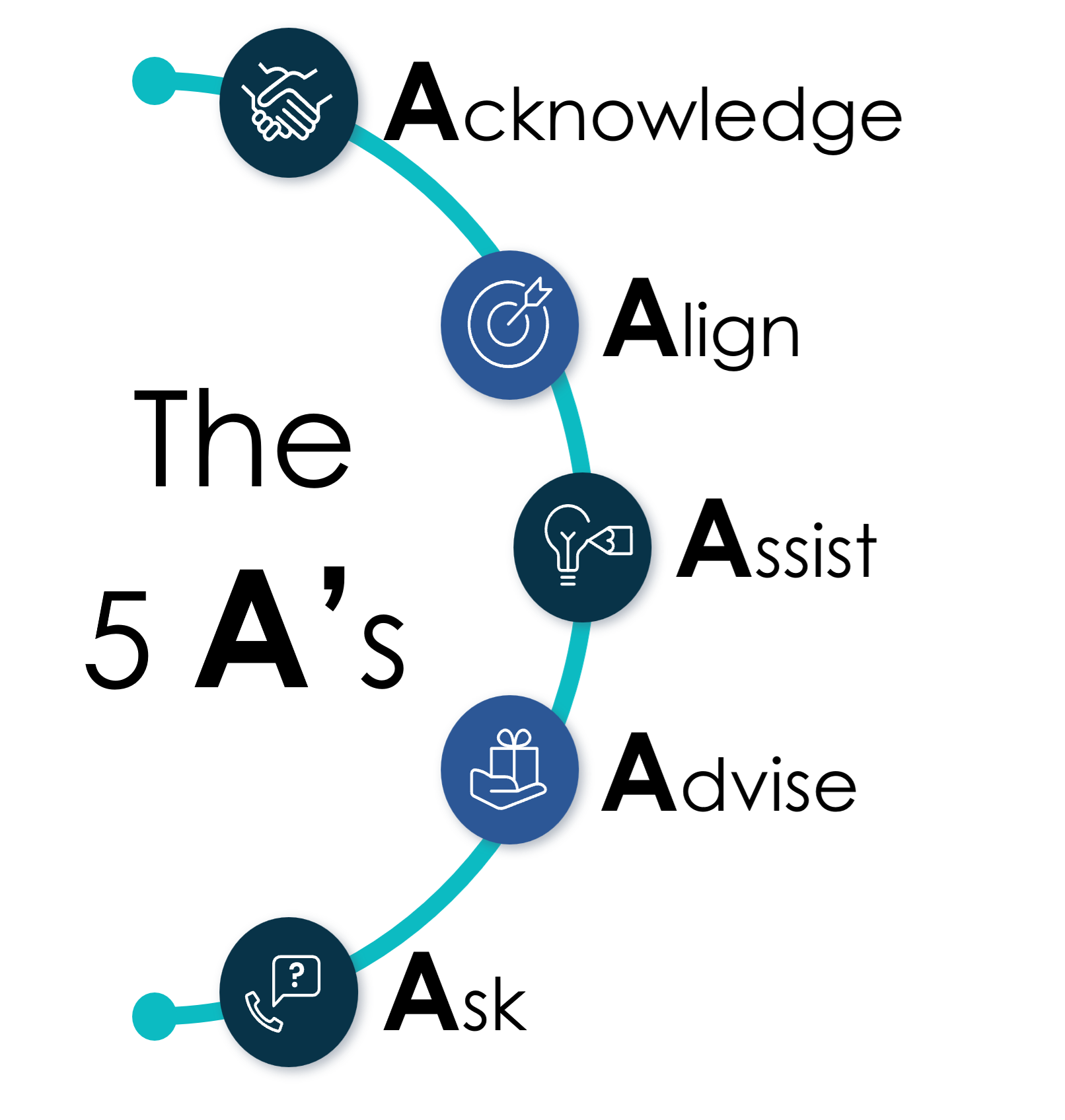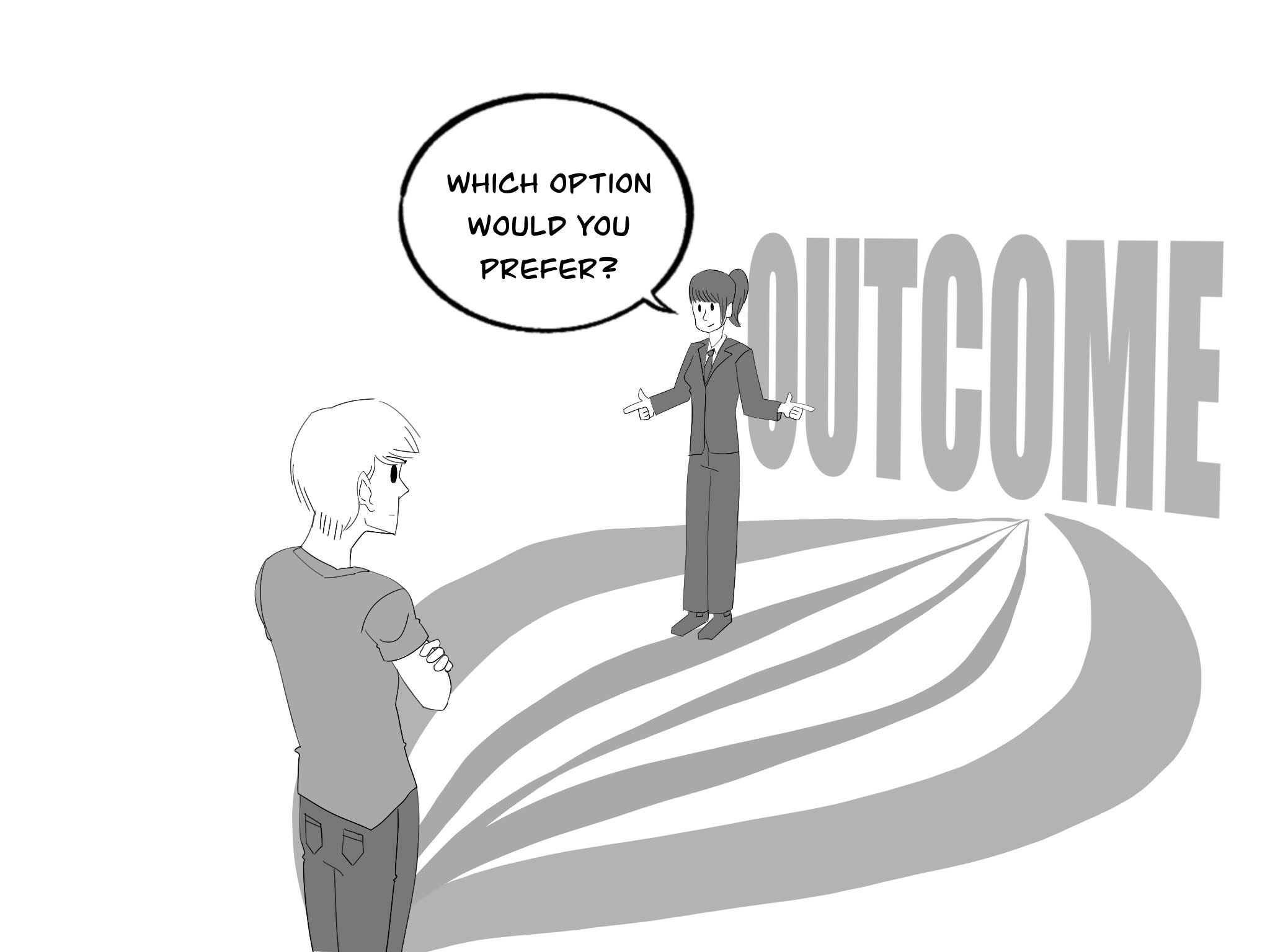The state of customer engagement is in crisis. Veteran Tech Crunch reporter Ron Miller declared 2022 “the year customer experience died,” reflecting customers’ widespread frustration with impersonal and inefficient service interactions. While the situation may not be quite that dire, it’s clear that many businesses are failing to capitalize on the potential of their customer service organizations. Instead of following old school thinking, viewing customer service as a cost to be minimized, companies need to embrace a new paradigm: transforming contact centers and customer service departments into value centers that drive customer loyalty, engagement, profitability, and ultimately, increased customer lifetime value.
This shift requires a fundamental change in how we approach customer interactions. Customers no longer tolerate being part of a customer service assembly line approach where the company’s focus is to simply resolve their issues quickly and cheaply. Customers have come to expect personalized, empathetic service that acknowledges and aligns with their needs and provides value beyond basic assistance.
To address this need, I developed The 5 A’s of Successful Customer Engagement, a framework designed to help businesses create exceptional customer experiences that drive tangible business results. This framework, implemented successfully at companies like Sunbasket (a meal-kit delivery company) and Paxful (a crypto exchange enterprise) has been shown to significantly improve customer satisfaction, reduce effort, improve employee retention, and increase customer and employee loyalty.

The Problem: A Legacy of Efficiency Over Experience
The rise of contact centers in the 1960s prioritized efficiency over service quality. Interactions were seen as transactions, with a focus on minimizing costs and handling calls as quickly as possible. This approach often led to impersonal and frustrating experiences for customers.
While the rise of the subscription economy in the 2010s highlighted the importance of customer retention and loyalty, many companies still struggle to move beyond the cost-center mindset. They invest in technology and automation to reduce costs but fail to address the human element of customer service.
The Solution: The 5 A’s Framework
The 5 A’s framework provides a practical blueprint for transforming customer service interactions into valuable engagements. It emphasizes the importance of building relationships, understanding customer needs, and providing personalized support.
- Acknowledge:
The first step is to acknowledge the customer, their relationship with the company, the issue they are facing, and, when provided, any desired solution they may request in their opening description of their situation. This means going beyond a simple greeting and demonstrating genuine empathy, understanding, and reassurance. Succinctly acknowledging the customer’s frustration, inconvenience, or concern addresses their emotion needs needs setting the foundation for a positive interaction and allowing them to move to the logical elements of their concern.
Why is acknowledgment so crucial?
- Builds trust and loyalty: Customers are more likely to trust and remain loyal to companies that make them feel heard and understood.
- Humanizes the brand: Acknowledgment transforms transactions into personalized, meaningful connections, creating a more positive perception of the company.
- Drives customer satisfaction: Feeling acknowledged, valued, and reassured significantly increases customer satisfaction.
- Align:
Once you’ve acknowledged the customer’s situation, the next step is to align on the specifics of their issue and their desired outcome(s). This involves active listening, asking clarifying questions, and confirming that you understand their needs.
The alignment phase in customer service has several key objectives:
- Confirm Understanding: It’s crucial for agents to confirm that they have accurately understood the customer’s initial explanation. This ensures that both parties are on the same page regarding the nature of the issue.
- Gather Details: By gathering more details, agents can obtain a holistic understanding of the issue. This is essential for providing solutions that are not only effective but also personalized.
- Address Proposed Solutions: Customers often suggest solutions when they describe their problems. It’s important for agents to address these suggestions without immediately committing to them, as further discussion might reveal better alternatives.
- Identify Desired Outcomes: Customers might express their needs through suggested solutions, such as requesting a refund. However, the underlying desire might be to quickly regain their purchasing power. Identifying this true desire allows agents to offer more apt solutions, like immediate account credits instead of delayed refunds.
Alignment ensures that both the customer and the agent are on the same page, working collaboratively towards a solution. It also helps identify the underlying needs and motivations behind the customer’s request, allowing for more personalized and effective assistance.
When agents skillfully acknowledge the customer, their relationship, and their unique challenges and then seamlessly align on the customer’s desired outcome(s), it revolutionizes the customer-agent dynamic. This approach transitions the interaction from a confrontational “customer versus agent and the problem” to a collaborative “customer and agent united against the problem” model. This shift fosters a stronger bond between the customer and the company and effectively positions the agent as an ally in solving the customer’s issue.
- Assist:
The Assist stage is where you provide the optimal solution(s) to the customer’s problem. This should be based on their specific situation and desired outcome, as identified in the Align stage.
Where possible, providing customers with an option of relevant solutions to achieve their desired outcome, with recommended guidance to “a best choice” increases resolution acceptance and reduces escalations and call backs.

Effective assistance goes beyond simply resolving the immediate issue. It involves providing clear explanations, offering proactive solutions, and ensuring the customer feels supported throughout the process.
When this is achieved, you enhance customer experience and build loyalty.
If a company chooses to stop here, following the first 3 A’s of the framework will enable them to operate as an effective cost center, creating improvements across customer effort or satisfaction scores, resolution rates (the percentage of customers who agree that their issue was resolved), contacts to resolution, and cost per contact.
However, this choice leaves value on the table for your customers and organization. To transition beyond a transactional cost-center focus into the realm of a value center, extend the engagement framework to include the following two additional components:
- Advise:
To truly transform customer service into a value center, companies need to go beyond basic assistance to address the immediate issue and provide customers personalized, relevant, and proactive guidance, valuable advice, and insights based on future needs. Focusing on the long-term success of customers adds significant value to their experience and positions the agent, and by extension the company, as a trusted advisor.
This advice should be relevant to where your customers are in their journey stage. Depending on the specific situation, it can range from raising awareness of an unused portion of a service offering, resources available to increase their expertise with a product, how to avoid a repeat of the problem, or how to avoid a potential future problem that similar customers have experienced.
By delivering thoughtful and forward-thinking advice, businesses demonstrate their expertise and commitment to customer welfare and solidify customer relationships. This approach enhances customer loyalty and establishes a reciprocal dynamic where customers are more likely to engage, advocate, and remain loyal to the brand.
- Ask:
The final stage of the framework involves making targeted requests that enhance mutual value and deepen customer loyalty.
These Asks can be tailored to specific customer engagement needs or contribute to the objectives of other departments within your organization, helping them achieve their key performance indicators (KPIs). There are four distinct types of Asks that, when appropriately applied, can generate mutual value and strengthen customer loyalty for any business:
Ask for Revenue
Direct revenue Asks play a pivotal role in many customer engagement strategies today, often manifesting as upsells, cross-sells, retentions, or renewals. These Asks can significantly enhance revenue streams by encouraging customers to upgrade to premium services or continue their subscriptions.
Ask for Action
Within any product or service, there are actions that customers take that are indicators of their likelihood of them becoming a customer with high customer lifetime value (HCLV). These actions will vary by the product or service you are offering, but some common actions include downloading and actively using your company’s app, downloading a white paper, using/paying for an add-on product or service, writing a product review, and participating in a customer feedback session.

Ask for Information
Nearly every department in a company is seeking, and often investing in obtaining, information from customers. Marketing departments look for feedback on programs launched or indications on what programs to launch. Product development teams want to understand what new features are most desirable to customers. Logistics teams want to understand what delivery days and times are most optimal. The list goes on.
This information is of value to the organization to create more value for customers. Tapping into the existing customer engagements can augment or even replace the mechanisms other organizations invest in, lowering the total cost to the company.
Ask to Create Awareness
The fourth Ask of creating awareness can be used both as an extension of the advocate role described in the Advise stage by asking questions that educate customers about product features and functionality that can bring value to their specific situation, or, bring attention to an event or relevant activity that is happening in the future to build better engagement with that event, for example, a special announcement coming in next month’s newsletter.
Effective “Asks” are those that are relevant to the customer’s experience and provide clear value in exchange for their participation. They should be presented in a way that feels natural and collaborative, further strengthening the customer relationship.
Implementing the 5 A’s: Key Considerations
Successfully implementing the 5 A’s requires a commitment to customer-centricity and a willingness to invest in training and development. Companies need to empower their employees to go above and beyond in their interactions with customers, fostering a culture of empathy, problem-solving, and value creation.
Conclusion
The 5 A’s of Successful Customer Engagement provide a practical and effective framework for transforming customer service from a cost center to a value center. By focusing on acknowledgment, alignment, assistance, advice, and asking, companies can create exceptional customer experiences that drive business growth and profitability.
Brett Frazer has invested the past 26 years of his professional work dedicated to understanding and advancing customer and employee experiences across multinational organizations Microsoft, Adobe, and now Intuit, in startup environments with Sunbasket and Hamsa, as well as through co-founding Service Matters, LLC.
Through every chapter of his career, Brett Frazer has not just advocated for but actively shaped a future where service truly matters. His work inspires a new generation of professionals and businesses to place customer engagement at the heart of their strategy, proving that exceptional service is the cornerstone of success.
For more information and to purchase the Amazon Best Seller: Your Hidden Profit Center, Mastering the 5 A’s of Successful Customer Engagement, visit www.thefiveas.com
Copyright © 2024, Brett Frazer. Illustrator Kirana Moore All rights reserved.



